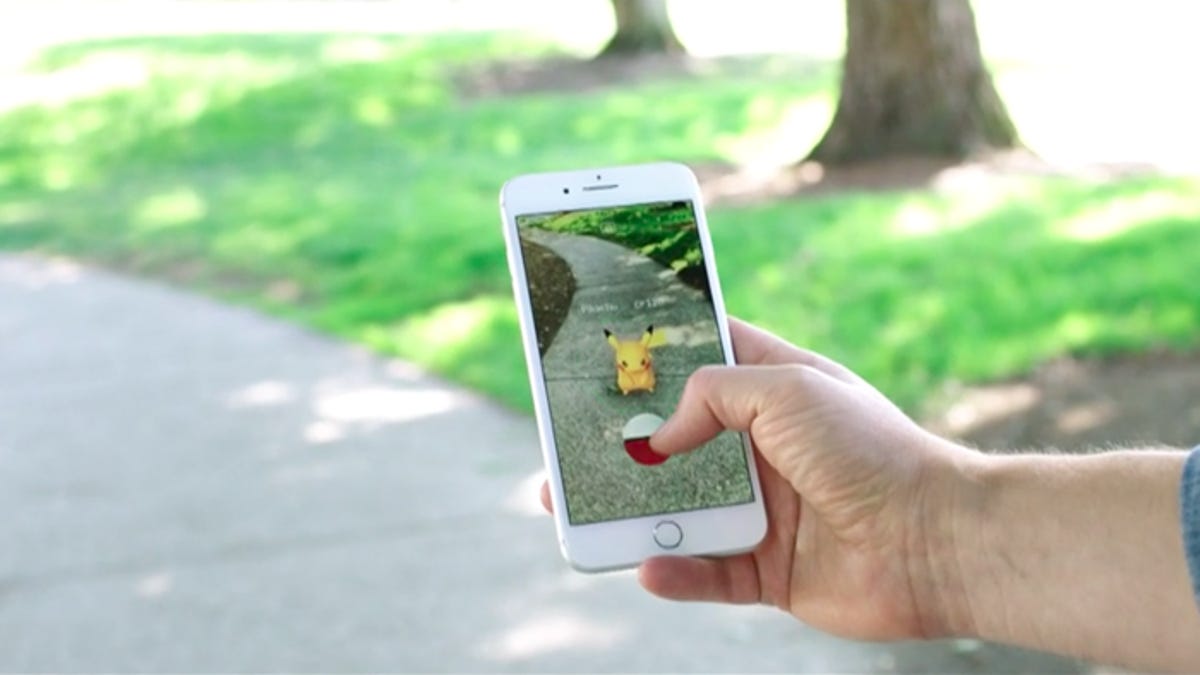Lightship is Niantic's new tool for creating Pokemon Go-style AR experiences
A new beta opens up large-scale social AR tools to indie creators.

Pokemon Go still defines AR gaming for most people. Niantic's software tools could build out ways to make other social games next.
The same tools that let people run around gathering Pokemon in the park could be opening up to many more people soon. Developer Niantic's newly renamed world-scanning AR-enabled platform, Lightship, is starting to work with invited partners in a private beta that aims to open up further later this year. Maybe for immersive theater? Or outdoor community games? Museum exhibits? Who knows?
Lightship, formerly known as Niantic Real World Platform, is the company's vision for multiplayer phone-based AR that can work across iOS and Android. Right now, augmented reality on phones tends to be a single-person experience, or is funneled into multiperson experiences built by specific companies, such as Microsoft's Minecraft Earth, or Pokemon Go. Nintendo's upcoming Pikmin game, being developed with Niantic, looks to build off similar multiplayer concepts.
Lightship can scan the real world and map it for AR, much like Apple's lidar-based iPhone and iPad tech -- but it can also do it without needing lidar. Niantic acquired a company called 6d.ai that can map 3D landscapes and crowdsource world maps with regular phone cameras, and it's being used in this software toolkit.
A gif from Niantic showing how its ARDK (AR development kit) could be used to roll giant dice somewhere.
There are some limits to Lightship. The multiplayer is limited to eight people at once for shared AR experiences in the same place right now, and any collaborative AR building of objects will be "ephemeral," according to Niantic, meaning none of it will be permanently stored to geographic locations. But eventually, that's the longer-term plan.
The private beta applications are over on Niantic's developer site, but Niantic suggests a more open beta will be coming soon. Niantic's not revealing who early private beta participants are right now, but the company has recently announced partnerships with Nintendo and immersive theater company Punchdrunk. One early music AR project, Rhizomatics, was shown by Niantic last year. It gives an idea of what other apps could do.
Niantic's Lightship isn't designed for AR headsets yet, just phones (and maybe compatible tablets). But the company's already exploring the future of AR glasses through partnerships with Microsoft and Qualcomm, and has teased its own possible AR glasses.
We might hear more in the future, but the possibilities for things like music festivals, sporting events or any other large-scale outdoor gathering are definitely intriguing. If nothing else, it may be getting easier for an entrepreneurial indie game developer to create the next Pokemon Go.

